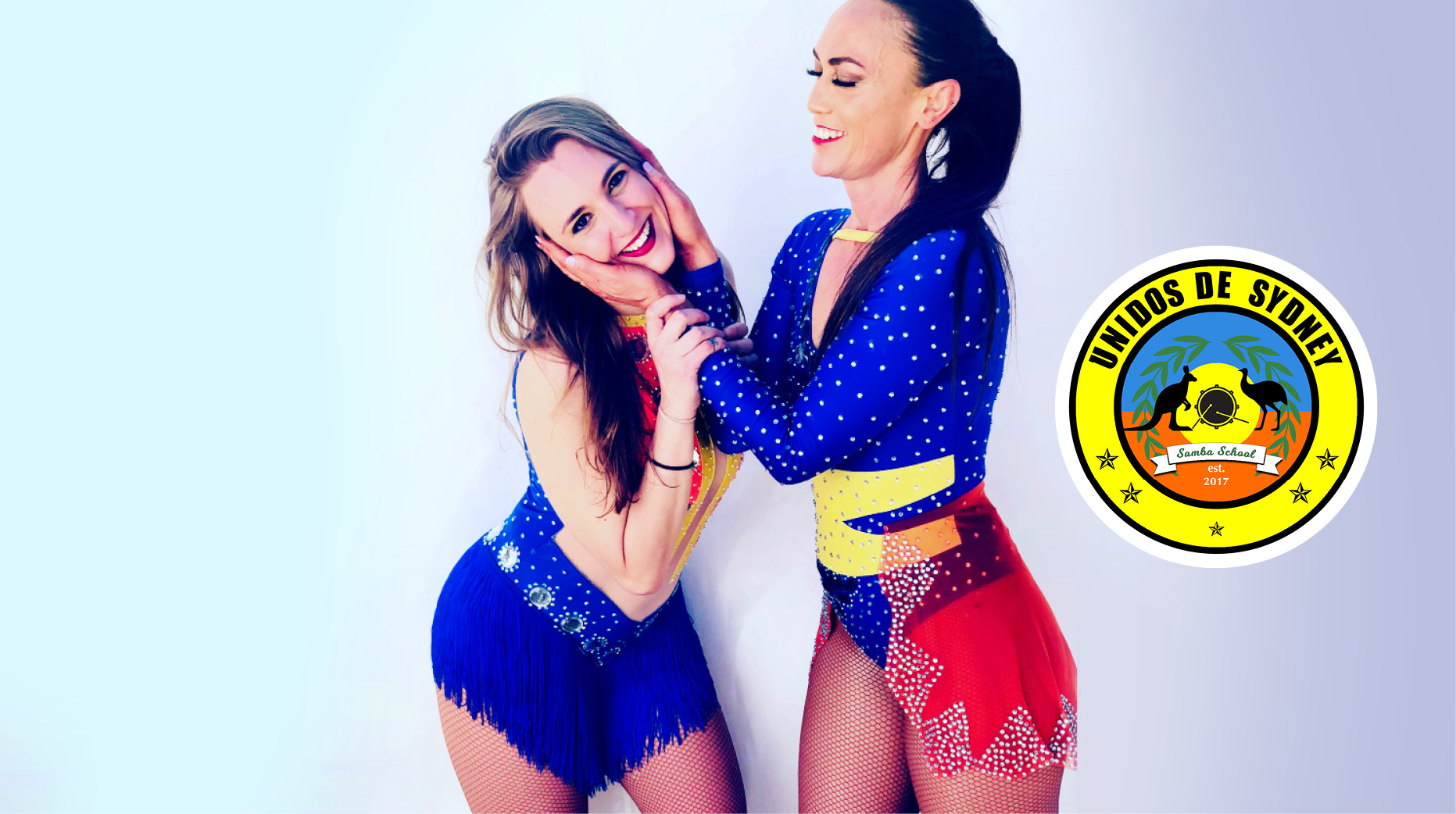
Humans have engaged in dance for thousands of years across the entire world to tell stories, show their cultural heritage or religious beliefs and explore emotions. There is no doubt that dance helps us express creative expression and an entire range of feelings from sadness and grief to happiness, love and joy--no matter what style of dance it is. Even if you are not a dancer, most people feel energized after ‘letting loose’ and moving the body to music, even if you have two left feet!
Dancing in specific has profound effects on the body and brain from a neuroscience perspective. The effects of dance are quite unique when compared to other forms of generic body movement. Recent studies have shown that dance training induces brain plasticity better than repetitive exercise, likely because dancing is not only physically demanding but cognitively demanding.1
I believe it is important for everyone to incorporate some form of dance into their life. It doesn’t matter if you are old or young, experienced or inexperienced, able or disabled. Anyone can move to the sound of music--even if the movement is minimal. Science is clearly telling us that dancing is good for us, so why not do more of it?
As we start 2020, I’d like to share my personal journey with dance and hopefully inspire you to consider this form of self-expression and body movement.
Despite being South American and having somewhat of a natural affinity with dance, I have never been formally trained as a dancer. I never went to a ballet, hip-hop or jazz class as a child. In fact, as a young teen, I used to be incredibly embarrassed to move my body, to the point of me refusing to dance at family events! Although my coordination and technique have drastically improved over the last 5 years, there are plenty of days that I still feel awkward when I am learning a new move.
My dance journey started in 2015 when I went to my first class of Brazilian Samba and Reggaeton (a fusion of Reggae, Dancehall, Latin, Caribbean and Hip-Hop dance styles) and I never looked back! In the beginning, I was VERY self-conscious. I could not get the steps at all and it took me quite a long time to feel confident when I danced.
There were so many times I could have quit because I wasn't getting it, and I felt silly trying to do these movements. So, every time I did a class, I told myself one day it would click. And that is the lesson; with ANY activity, the more you practise the better you will be at it. Consistency, time, hard work and patience is what it takes. Athletes, including dancers, train for hours and hours, so how could I expect to just ‘get it’ from one day to the next? Even though it was difficult, I persisted.
One of the key things that kept me coming back, despite being frustrated with my lack of coordination and timing, was how happy I felt after moving my body to music. Science has shown we release dopamine when we listen to music, and music may also have had a purpose in the distant past as a driving force in our evolution, improving our fitness and promoting social bonding.2
Even without formal training or many years of practise, music has a profound impact on our emotional and mental states, and these moments allow us to integrate with different cultures, ideas and backgrounds. Music and dance unites us all, no matter our past.
During each class, I would stare in the mirror and initially negatively judge myself. However, I quickly started to realise I had no choice but to let go of my ‘perfectionism’ and just do the movements anyway, even knowing I didn’t look as ‘good’ as the person next to me. I had to let go of my embarrassment and just go with it.
After all, I was doing this for me - to feel that energy flow in my body, release my mind and enjoy the music. To feel positivity, not negativity. Instead of comparing myself to others and feeling like I would never be able to reach their level, I changed my thinking, reframed it and instead started to see the dancers around me as inspiration.
Dancing gave me so much bliss and joy after sitting in front of the computer all day working. At the time, I was struggling with depression and anxiety, and I knew this activity made me feel better. So, I kept at it.
After every class, I reminded myself of the reasons why I needed to come back. I told my family to remind me how happy dancing made me feel. I literally had to put aside all my shame and self-criticism and just keep going. Otherwise, any excuse would have sufficed for me not to turn up to class. I pushed away the negative thoughts and focused on the feeling of flow and happiness which I had previously felt in class the week prior. This is what kept me in the game.
About one year into my dance journey, I hurt my back and I, unfortunately, had to take a two-year break. During this period my depression came back, and I felt quite unhappy with many things in my life. Having excruciating sciatic pain daily didn’t help! It was incredibly debilitating, and I thought I would never be able to dance again. My new reality threw me into a pretty bleak hole.
I got to the point where I needed to sort out my injury, as it was affecting not only my physical ability but also my mental state. This is when I found the amazing Gus Rickard, a functional and holistic personal trainer who helped me rehabilitate and heal my back, not only from a physical but also a psychological perspective.
He also helped me reduce the inflammation in my body with a very effective protocol to improve my gut health. You can learn more about how gut health affects our cognition by watching our award-winning documentary, Make Me A Leader.
In the film, Dr Emeran Mayer speaks about the interaction between the gut and the brain, and how even mild levels of stress can impact our physical, mental and emotional health.3
Together with the rehabilitation that Gus provided, I visited physiotherapists, chiros, osteopaths, kinesiologists and spine specialists. I didn't want to resort to surgery, so I tried everything else first. I changed my food choices, put measures in place to reduce my stress, reduced my work hours, meditated, used a standing desk, did cryotherapy, acupuncture, Chinese medicine, explored emotional release massages and did breathwork therapy to change my thinking around the pain.
After months of holistic health changes, the pain one day slowly started to subside. I also learnt how to mentally disassociate from the pain which had held me captive all those months. I'm not sure what helped the most, but I believe the combination of everything I tried helped alleviate my stress, allowing me to heal. Although my pain had dissipated and I felt better physically, there was still something missing in my life.
Dance helps manage mood disorders, including depression. In a recent study, scientists compared the brains of dancers as they watched a recorded dance performance compared to non-dancers who viewed the same piece. The dancers’ brains reacted much faster to changes in music compared to the non-dancers, and the dancers’ minds displayed increased synchronisation of theta frequencies.
Theta brainwaves are typically present when we sleep and during meditation. This research essentially discovered that we might be able to measure the effectiveness of dance therapy to help manage a wide spectrum of conditions, including autism, dementia and mood disorders.4
At the beginning of 2018, I remembered how happy dancing made me feel and I realised I needed to come back to train at my studio, Latin Dance Australia. So I did! I also joined a community-based and not for profit Samba School, Unidos De Sydney.
I started slow and steady, avoiding major movements that would put pressure on my back. With the knowledge I gained from working with Gus for those 2 years, I was able to safely get back to dancing again. At first, I still felt some residual pain, but as the months went by and my stress reduced, the pain went away completely. Most importantly, I was happy again.
In 2019, after a year of committing to regular classes, I decided to plunge myself into competing in my chosen style--Brazilian samba. I became involved in all this because I wanted to experience what it would be like to train like a professional dancer. I also decided that I wanted to have a goal, so I could focus and work towards something tangible.
I set myself a training schedule and I had an encouraging and wonderful coach. I was part of two great teams and I was disciplined in attending as many classes and training sessions as I could. I worked hard and my motivations allowed me not to quit. My goal at the time was to simply become a better dancer, increase my stamina, fitness, be more coordinated and graceful. But I gained so much more than just this.
There are short-cuts to happiness,
and dancing is one of them.Vicki Baum
Dance is now a big part of my life. As I look back at all I have achieved in the last 2 years, I am delighted at the journey I have undertaken. The work I did with Gus Rickard followed by immersing myself in Brazilian Samba (and a couple of other styles I have been doing such as Afro, Kizomba and Reggaeton) has changed my life.
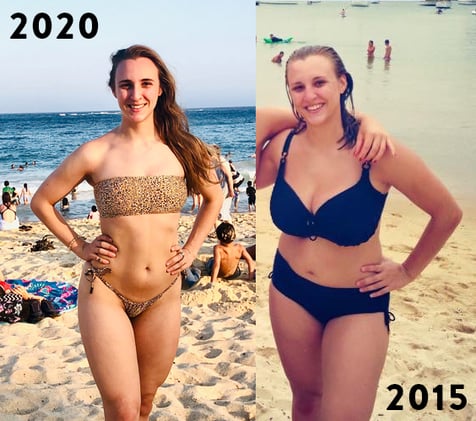
As well as:
Check out this article that lists over 50 benefits of dance according to science. I can personally say I have experienced almost all of these benefits.
Exercise of any kind is arguably good for our bodies and minds and dance has been found to help boost mood and manage anxiety. In one study, researchers asked patients with anxiety disorders to take a modern-dance class. Can you guess the outcome? These patients experienced significantly less anxiety.5
With the help of the supportive dance communities I am a part of, my awesome teammates, various teachers as well as my incredible samba coach Debralee Scarsalletta, who was instrumental for the development of my dance abilities and overall confidence, I essentially became an amateur samba performer at the age of 30 in just 2 years. This is something that in 2015 I thought was completely unattainable, especially coming back from a pretty bleak back injury.
Last year in May, I won 3rd prize in my first ever solo samba competition at the Australian Dance Cup and then placed 1st with my team at the World Salsa Solo in December 2019. I have also paraded and performed in multiple community events and shows around Australia, which has been a very rewarding experience.
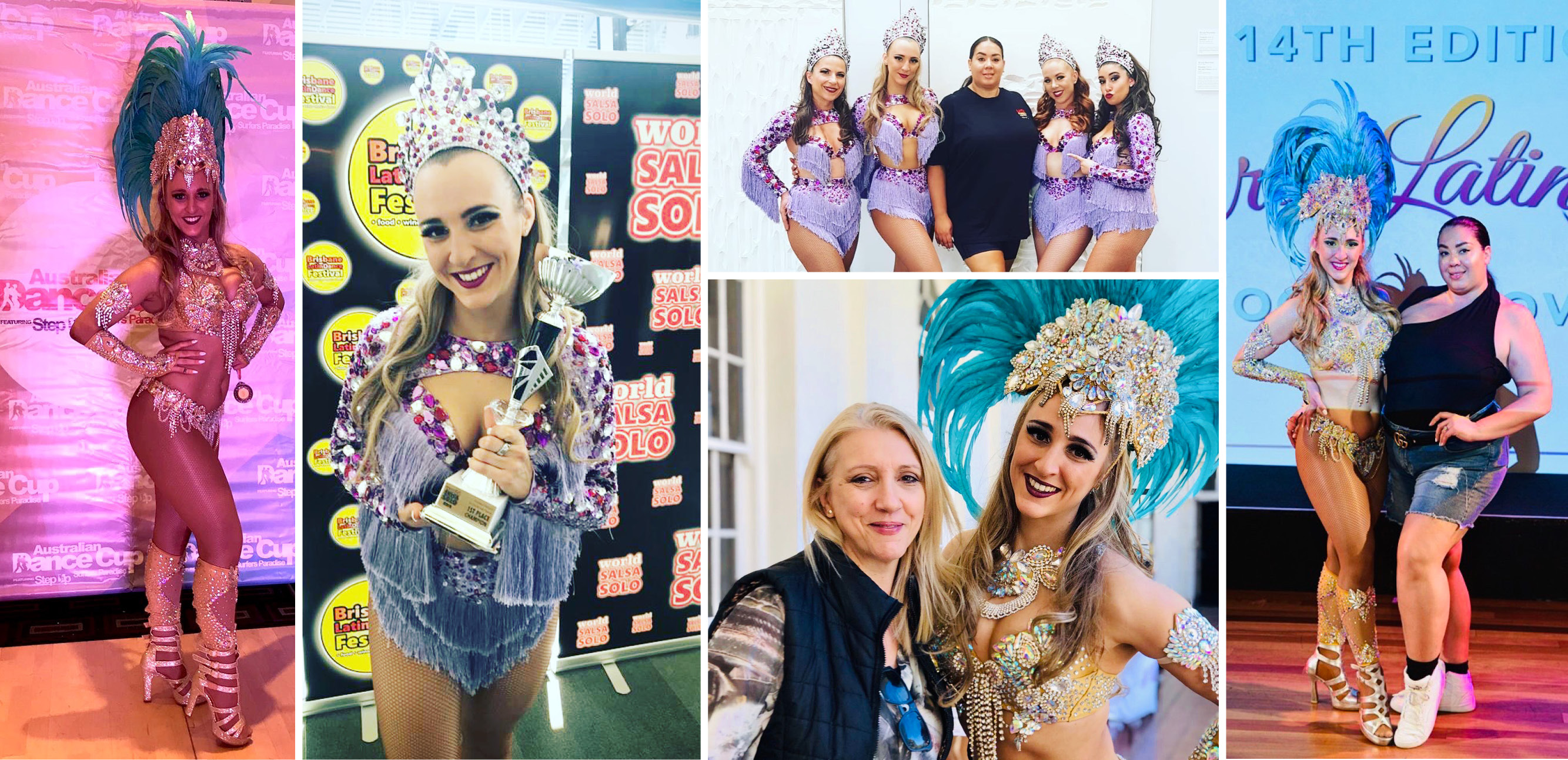
Performing or competing in front of a crowd was definitely not on my top 10 things to do. In fact, the first time I did it I almost had a nervous breakdown! But now I love it, and thanks to neuroplasticity, my body and mind have changed!
The energy I get when I perform for someone with the intention of bringing them joy and sharing my artistic expression is almost indescribable, even if I still make mistakes while performing.
Dance moves, especially those which are choreographed, are incredibly deliberate. The confidence I gain when I realise I know the moves, I know what my body should do, and I know my brain will support me is amazing. When I learn new choreography now, I am so much quicker in picking up the moves that I surprise myself! And it doesn’t stop with dance, this has translated into me feeling more confident in my decisions at work and in life, and being more comfortable in my own skin.
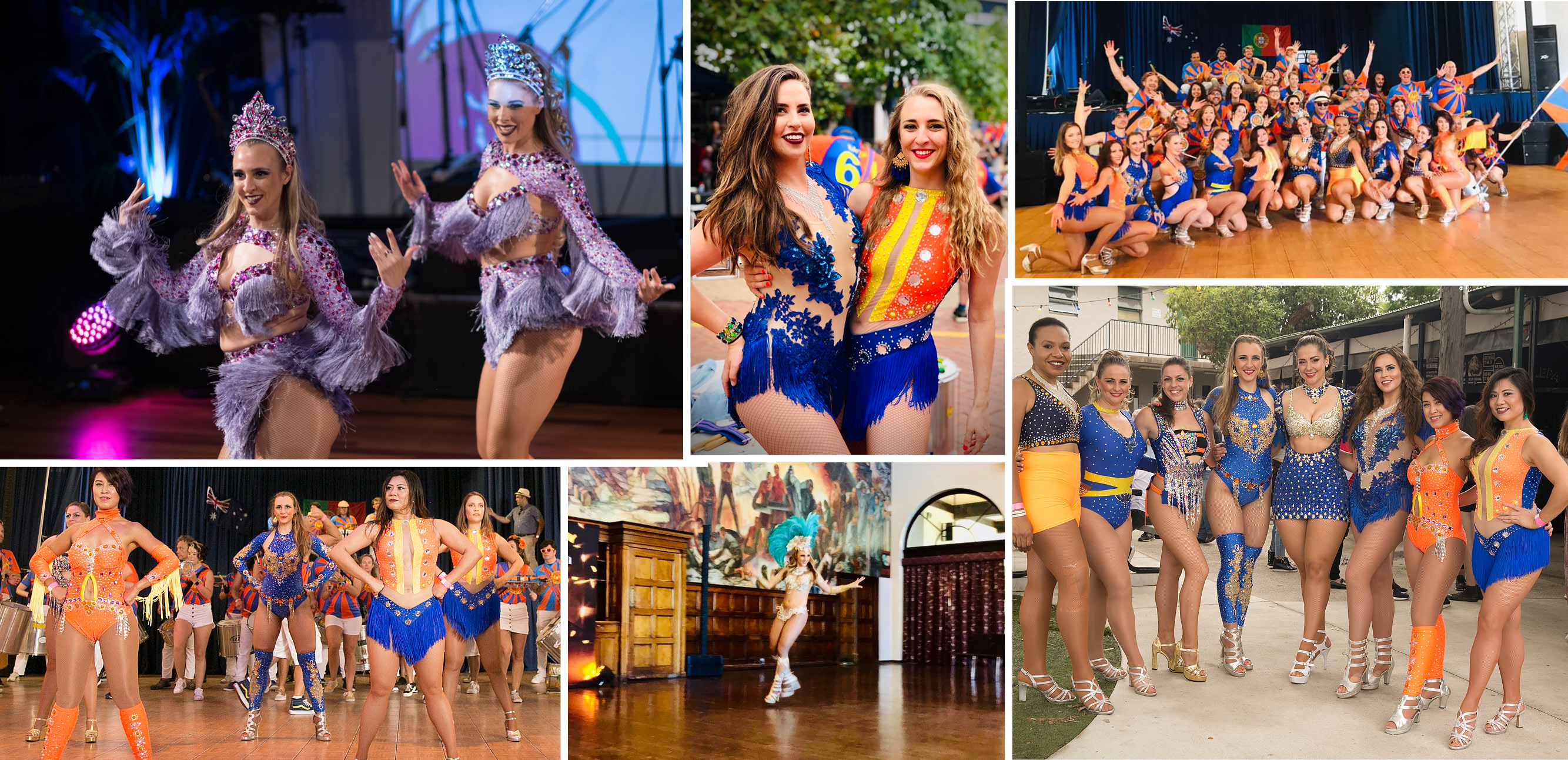
In a recent study I read, I learnt that expert dancers had increased functional connectivity in cortico-basal ganglia motor learning loops compared to people without training. These ganglia loops are critical for dancers because they help control movement and posture.
Dancers also had increased functional connectivity between several other parts of the brain, including the bilateral putamen and the middle cingulate cortex.6 When we dance, we can change the structure of the brain, improving integration as the brain learns and creates new pathways, which in turn makes us more agile and adaptable.
You do not need to go all out as I did. You do not need to perform or compete if that is not what you want. You can simply do 1 or 2 classes per week and enjoy the bliss and flow that I have experienced when my body became used to the movement.
You also do not need to take classes or improve technique if you don't want to, you can simply dance for the sake of dancing! There are so many groups who just dance at the beach, parks, bars or weekly events - just join in on the fun.
However, if you feel that you are in need of a goal, I do encourage you to join classes or a choreography group. The feeling you get when you learn something for a purpose and then perform it is quite exhilarating and rewarding. Amongst many benefits, it gives you focus and discipline, pushing you to learn something new.
Either way, any type of dancing will help shift your energy, it will give you confidence, and most importantly it will change your brain and body for the better - I guarantee it. There is something primal about moving our body to music; it is grounding, connecting and freeing. When you are truly able to let all your inhibitions go, you will feel a huge release of tension.
When we listen to music as we dance, there are so many incredible things happening within our heads. The amygdala gears up, causing goosebumps when we hear creepy music and exhilaration when we hear a fast beat. The nucleus accumbens keeps us coming back for more, as music causes the release of dopamine in this structure. Music could help keep the hippocampus healthy by producing new neurons and helping to improve our memory. The corpus callosum helps us coordinate body movement from both sides of our body, allowing us to move in sync to the music.7
I hope my story has motivated you to dip your toes into the dance world. I can truly see and feel the benefits it brings in terms of body, mind and brain integration. You can experience these benefits as well, even if you just do it once a week to complement another form of exercise.
Some styles you could try are salsa, bachata, zouk, kizomba, semba, belly dancing, Brazilian samba, capoeira, Brazilian funk, Zumba, hip-hop, Afro or various African dance styles, reggaeton, twerking, heels class, dancehall, jive, tap, jazz, flamenco, swing, pole dancing, burlesque, ballroom, tango, 5rhythms, kundalini dance and Bollywood. There are countless forms of dance, both partnered and solo styles!
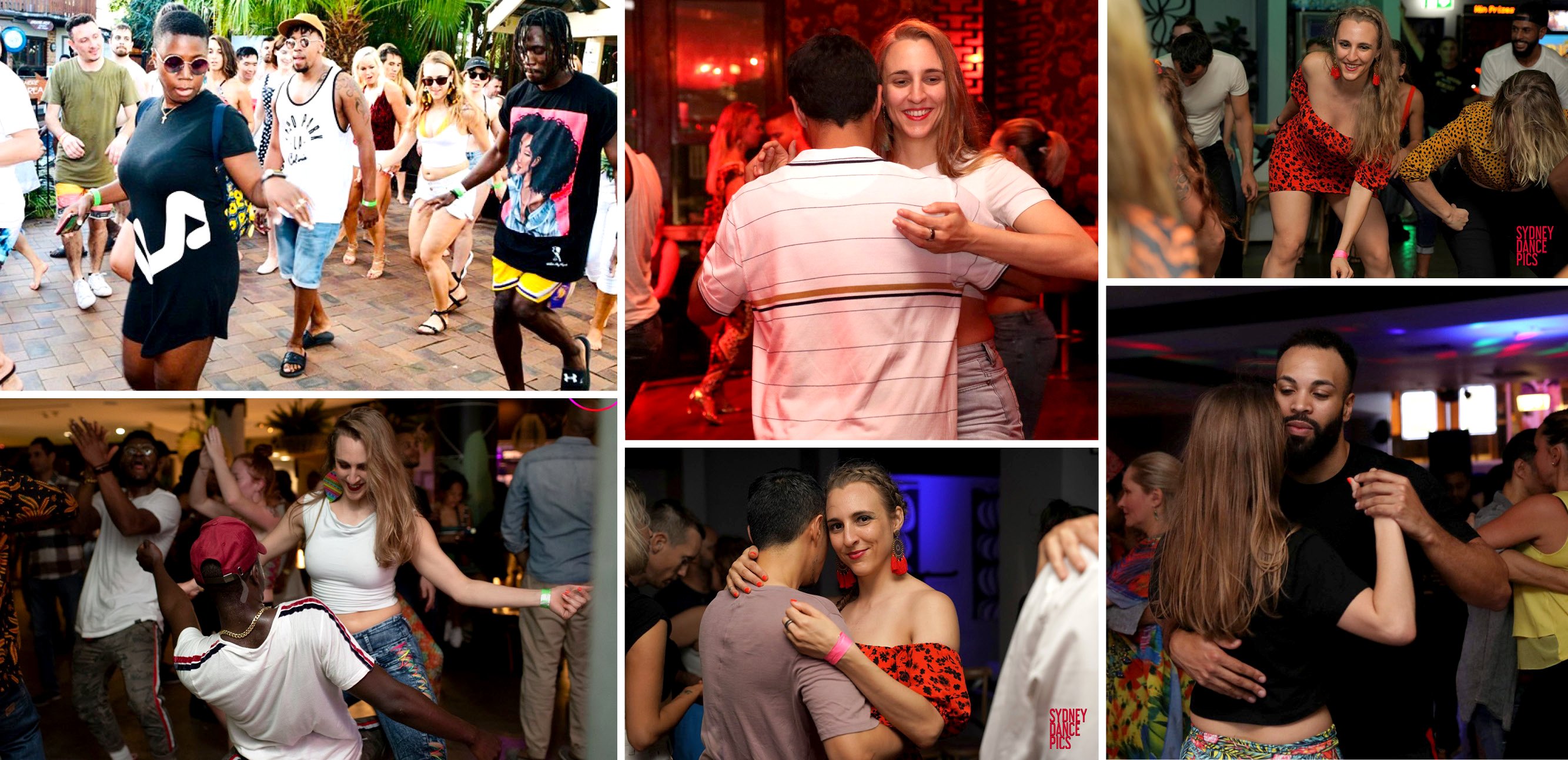
If you are unsure of where to start, give all of them a go! Do one style of dance per week until you find the one you love the most. You have nothing to lose by exploring them all. That is what I did. And remember, give your brain and body time to rewire itself. Don’t be too harsh on yourself, as the process of learning and integrating foreign movements takes time.
It may feel SUPER awkward at first (especially if you are not comfortable dancing), but after 4 or 5 weeks, you’ll slowly get the swing of it! Keep it consistent, and in no time you’ll be busting out moves at the next party you attend.
We’ve only touched on the science of what makes dancing so wonderful for our emotional, physical and mental health. Stay tuned for more as I really dig deep into the research and neuroscience of dancing, and how dancing can have a tremendous impact on all aspects of your life, including your leadership abilities. Subscribe to our blog here to receive updates.
Citations:
1. Rehfeld K, Lüders A, Hökelmann A, et al. Dance training is superior to repetitive physical exercise in inducing brain plasticity in the elderly. PLoS One 2018; 13: e0196636.
2. Bushak L. This Is Your Brain On Music: How Our Brains Process Melodies That Pull On Our Heartstrings. Medical Daily, (2014, accessed 23 January 2020).
3. Damiano S. 7 Wellbeing Strategies for Optimal Brain & Body Performance.
4. University of Helsinki. Dancer’s brains react quickly to changes in music: Dancers' brain functions also display brain frequencies linked to emotion and memory processes. Science Daily, 2018, (2018, accessed 23 January 2020).
4. Devereaux C. Why Should We Dance? Psychology Today, 2013, (2013, accessed 23 January 2020).
5. Burzynska AZ, Finc K, Taylor BK, et al. The Dancing Brain: Structural and Functional Signatures of Expert Dance Training. Front Hum Neurosci 2017; 11: 566.
7. Music and the Brain: What Happens When You’re Listening to Music. Pegasus Magazine, (accessed 23 January 2020).
These Stories on Performance

Creative Director & Co-Founder
About my Brain Institute
In 2009, Relmi Damiano co-founded the About my Brain Institute alongside scientist and leadership expert Silvia Damiano. Their vision is to democratise leadership & neuroscience by shaking up how we develop the human, the leader and the creative we all carry within.
Relmi is a full-stack designer, brand strategist and entrepreneur. She is interested in the intersection of strategic design, innovation, leadership, coaching and applied neuroscience. Relmi was also the producer for the 8-time international award-winning ‘Make Me A Leader’ Documentary.
Monday to Friday
9:00am - 5:00pm (AEST)
Sydney, Australia
We reply within 48 hours!
General Business Enquiries:
hello@aboutmybrain.com
Technical Support:
support@aboutmybrain.com
No Comments Yet
Let us know what you think